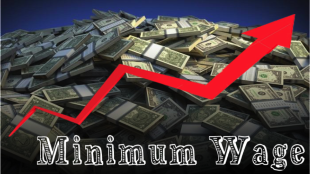What to Do with the Minimum Wage: Pro Arguments (Part One)
By Daniel Sperling Is the minimum wage high enough today? Increasing the minimum wage could decrease poverty, benefit company productivity, and boost the economy. But is increasing the minimum wage really that simple? In 1938, the United States Congress passed 29 U.S. Code § 201, otherwise known as the Fair Labor Standards Act (FLSA), which effectively shaped the history of United States labor law and regulation. The legislation introduced many characteristics of the work force that still exist today, including the minimum wage requirement. The minimum wage is the base level that an employer can pay its employees as regulated on a federal and state/local government level. In 2007, the Fair Minimum Wage Act of 2007 was passed which gradually increased the federal minimum wage from $5.15 to $7.25 over two years. Currently, twenty-nine states have minimum wage legislation that ensures wages hirer than the federal standard, fourteen states have minimum wage legislation equivalent to the federal government, and five states have no minimum wage legislation. Two states, Wyoming in Georgia, have minimum wage laws that actually guarantee an amount less than the federal government, meaning that employees not covered under the FLSA are subject to the lower wage, which [read more]

